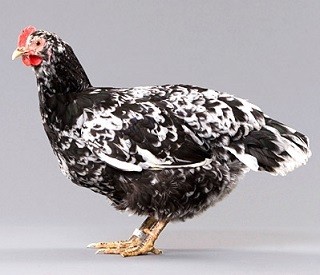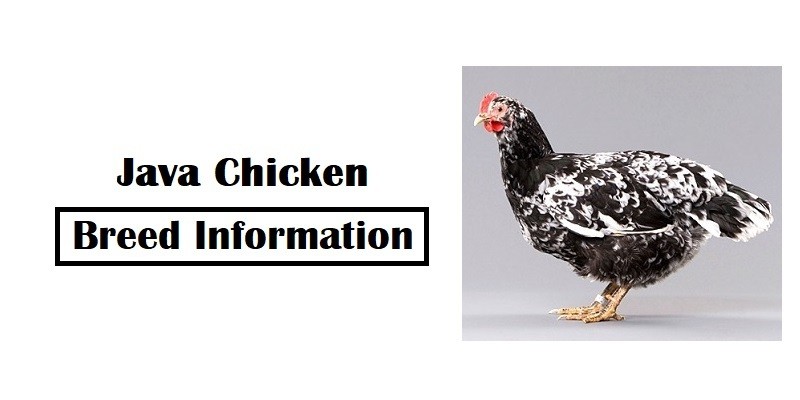Last Updated on January 14, 2025 by Pauline G. Carter
The Java Chicken is the second oldest breed of chicken developed in the United States of America, aside from Dominique Chicken. The name sounds like Asian because it was crossed from Asian chicken extraction. It is one of the critically endangered species of chicken.
This chicken breed was the first mention in prints in 1835. However, it was believed to have been existing before that year. Most of the American chicken breeds were cross from the Java chicken breed.
Some of its offspring is the Jersey Giant, Rhode Island Red, and Plymouth Rock. They are also believed to be the ancestors of yellow-skinned contemporary chickens. These yellow-skinned chickens were once white-skinned.
The American Poultry Association’s Standard of Perfection officially recognized this chicken breed in 1883.
Java Chicken | Breed Profile

| Country of origin: | United States |
| Primary use: | Dual-purpose meat/eggs |
| Weight: | Male: 4.3 kg (9.5 lb), Female: 2.9–3.4 kg (6.5–7.5 lb |
| Temperament: | Hardy, Docile |
| Recognized Varieties: | Mottled, Black, White |
| Egg production (annual): | 150 |
| Egg color: | Brown |
| Egg size: | Large |
| Comb type: | Single |
Characteristics Of The Java Chicken
Mottled Java and the Black Java chicken are the known varieties of this breed. Once there was the White Java variety, but it was removed as a variety in 1910 for a reason it was the same with the White Plymouth Rock. In 1950s, it has eventually disappeared.
The Black variety has black shanks and beaks though there are some yellow sightings in their legs. Their plumage is also black hue, but when lightened, there is a dark green sheen on it. The Mottled Java Chicken and White varieties mostly are yellow-skinned, and beaks are horn colored.
Java Chicken is a large bird with a sturdy appearance and used as a producer of meat and eggs. Therefore, they are heavy. Roosters weigh around 4.3 kilos while hens weigh 2.9 kilos to 3.4 kilos. Bantam cock weighs 36 oz while Bantam hens weigh 32 oz.
They have a solid, rectangular body build. They possess a very long and broad back and a breast so deep. Their earlobes are red and small. Their medium-sized single combs and wattles are also red.
Here is the list of 80 chicken breeds information and pictures, check now.
Behavior/ Temperament/ Use
This chicken breed is valued for the dual purpose ability – meat producer and excellent egg layer. Hens can lay a respectable amount of 150 large, brown eggs annually. They are broody chickens.
When in a free-range, they are also excellent foragers; therefore, they need less supplementary feeds. They have docile temperaments, just like other large birds. In harsh or extreme weather conditions, they are hardy.
Generally, this chicken breed is ideal for those small flock keepers needing dual-purposes flocks. They produce good carcass even though they are slow-maturing chickens.
What We Liked/Pros
- Dual-purpose – meat and egg producer.
- They produce good carcass.
- Foragers. So economical.
- Calm birds.
- Comfortable in farm environment.
What We Don’t Like/Cons
- Slow-growing compared to commercial broilers.
- Slow-maturing too.

